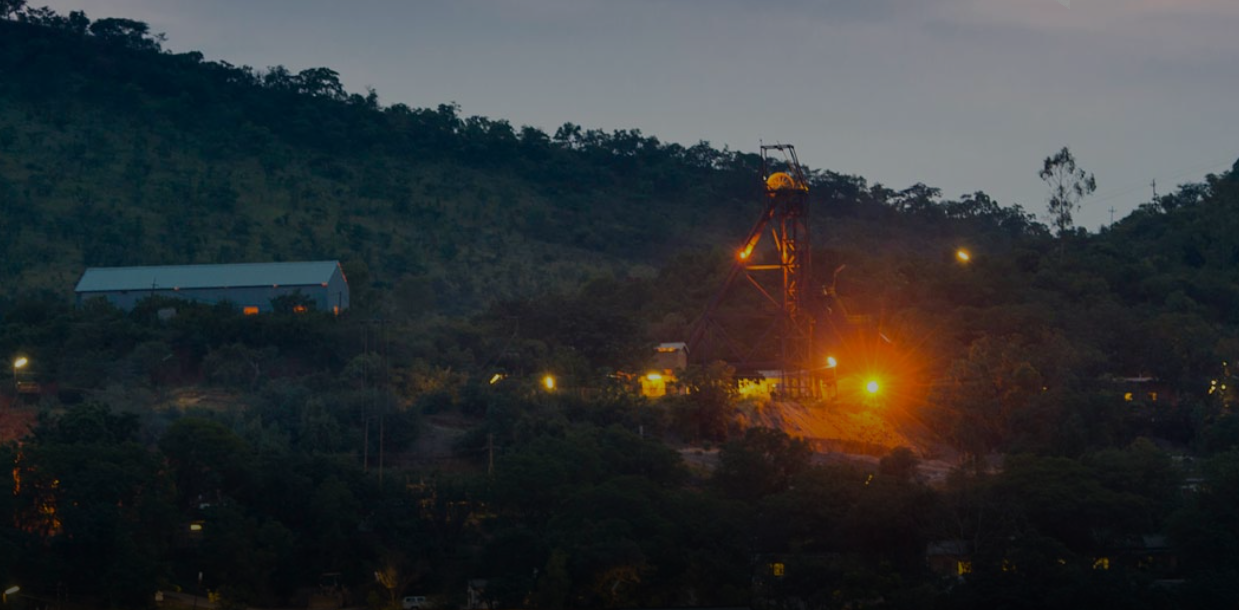Old king coal has a new crown jewel

Illinois’ Prairie State power station will go into production in December and the coal-fired plant will supply electricity to 2.5 million households for at least the next 30 years.
What makes Prairie State economically feasible compared to natural gas is that it sits on top of a coal mine owned and operated by US energy giant Peabody. The coal company financed the plant and then sold 95% of it to local utilities.
CNN reports “in earlier days, it wasn’t unusual for utilities to own their own coal mines, but Prairie State shows how the tables have turned. Savvy coal companies are now pushing partnerships, often promoting these projects as public-works enterprises that bring employment and investment to hardscrabble corners of the country.”
This arrangement supplies coal pricing and supply certainty for the $5 billion “Energy Campus” as it is being called.
Work on the project, hailed as a “new roadmap” for the coal industry, began almost a decade ago. The Lively Grove underground mine with annual capacity of 6.3 million tons is already in production.
Stars & Stripes writes “Prairie State might seem to be the exception concerning coal, which appears to be increasingly on the defensive” in the face of increasing competition from natural gas powered plants and environmental concerns:
On Wednesday, two power companies announced that 10 aging plants will be phased out in Illinois, Ohio and Pennsylvania. The companies said it wasn’t economical to upgrade them with newly required pollution controls.
The Sierra Club said those closures brought to 100 the number of announced retirements of coal-fired power plants since January 2010.
At 1,600 MW it is the largest built in the US since the 1980s and the plant will supply power to 2.5 million households. Some 450 permanent jobs have been created at the complex, primarily at the mine, while 3,000 workers are being employed in the construction process.
It is truly a giant project. According to the Prairie State website structural steel used is 42,000 tons, about half of the steel tonnage of the Willis Tower (formerly the Sears Tower) in Chicago. Electrical cable installed equals 1,200 miles – enough to stretch from St. Louis, Missouri to El Paso, Texas, while piping measures 120 miles.
Coal Age reports Prairie State’s “carbon dioxide emissions are expected to average about 15% less than the typical U.S. coal plant.”
While the coal industry may be on the back foot in the US, coal consumption and production in China is only gathering pace.
The Economist reports the country mines over 3 billion tonnes of coal annually, triple the output of world number two America, “and yet last year overtook Japan to become the world’s biggest coal importer.” More than 80% of China’s electricity comes from coal-fired plants.
{{ commodity.name }}
{{ post.title }}
{{ post.date }}




Comments
Biddulph Art
Coal is the cheapest and most abundant in the world. Why wouldn’t people invent much cleaner ways to deal with emissions.